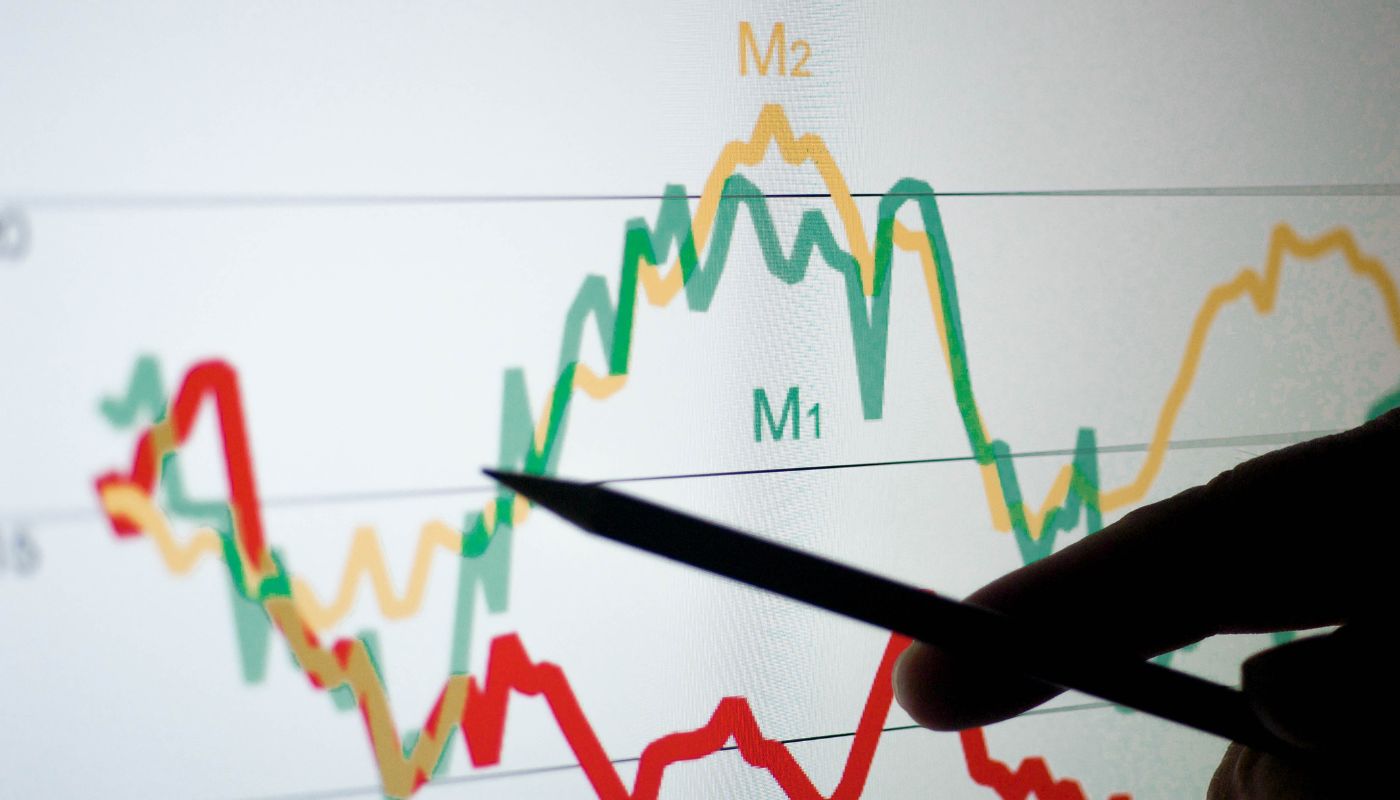Stock chart patterns serve as the hidden language of traders, illuminating the enigmatic fluctuations of the market. By analyzing these patterns, traders can gain insight into potential future price movements. Whether you’re a novice or an experienced trader, mastering these patterns can significantly enhance your trading strategy. They disclose the narrative behind price changes—whether it’s the IRFC share price or any other stock—and empower you to make more informed investment choices. Let’s explore some key stock chart patterns that every trader should become familiar with!
Reversal Patterns
Reversal patterns act as indicators of potential market shifts, revealing when a price trend may alter direction. By recognizing these patterns, you can identify the moments when an uptrend could shift to a downtrend, or the other way around.
- Head and Shoulders: Envision a mountain range with three peaks, with the central peak (the head) towering over the two on either side (the shoulders). When this appears after an uptrend, it often signals an impending decline in prices.
- Inverse Head and Shoulders: This is the upside-down version of the head and shoulders. Instead of peaks, it shows three troughs with the central trough being the deepest. This pattern often indicates a potential reversal from a downtrend to an upward trend.
- Double Top: Imagine two peaks of approximately equal height. This configuration acts like a resistance level, suggesting that a downturn could be imminent.
- Double Bottom: The counterpart to the double top, this W-shaped pattern is formed by two lows. It suggests that prices may rebound after a downward trend.
- Triple Top and Triple Bottom: These patterns expand on the double top and bottom by including an additional peak or trough. Three similar highs (triple top) imply a potential bearish reversal, while three similar lows (triple bottom) hint at a bullish reversal.
Continuation Patterns
Continuation patterns signify a temporary pause in the market before the trend resumes in the same direction. Think of them as brief intermissions rather than stops.
- Flags and Pennants: Comparable to pit stops in a race, flags appear as rectangular formations indicating sideways price movement, while pennants are triangular shapes that often signify consolidation. Both suggest that the prevailing trend—whether upward or downward—is likely to continue following this brief interlude.
- Triangles (Ascending, Descending, Symmetrical):
-
- Ascending Triangle: Characterized by an upward-sloping lower trendline and a flat upper trendline, suggesting a potential upward price breakout.
- Descending Triangle: Featuring a flat lower trendline and a downward-sloping upper trendline, it foreshadows a bearish continuation.
- Symmetrical Triangle: Prices fluctuate between two converging lines, indicating that a breakout can occur in either direction. It’s a waiting game.
- Cup and Handle: Visualize a teacup! The “cup” represents a rounded price decline and recovery, to be followed by a slight pullback (the “handle”). This pattern usually indicates that the market is preparing for a bullish breakout.
Bilateral Patterns
Bilateral patterns reflect market uncertainty—similar to a coin toss where the outcome could go either direction.
- Wedge Patterns (Rising and Falling): These shapes resemble a narrowing funnel. In a rising wedge, prices climb but the upward momentum begins to decline, often signaling a bearish reversal. The falling wedge does the opposite and may indicate bullish sentiment.
- Rounding Bottom: This pattern illustrates a gradual transition, where prices slowly shift from bearish to bullish energy. Often called a saucer bottom, it typically signals the beginning of a long-term uptrend.
Recognizing these patterns enables traders to navigate the market with more assurance, identifying strategic moments to enter or exit trades.
Here’s a comparative table summarizing the different patterns to facilitate a better understanding of each:
| Pattern Type | Pattern Name | Appearance | Implication | Outcome |
| Reversal Patterns | Head and Shoulders | Three peaks: a higher central peak (head) between two lower peaks (shoulders). | Bearish reversal after an uptrend. | Price drops after completing the pattern. |
| Inverse Head and Shoulders | Three troughs: a lower central trough (head) between two higher troughs (shoulders). | Bullish reversal after a downtrend. | Price rises after completing the pattern. | |
| Double Top | Two peaks at approximately the same price level. | Bearish reversal after an uptrend. | Price declines after the second peak. | |
| Double Bottom | Two troughs at approximately the same price level. | Bullish reversal after a downtrend. | Price climbs after the second trough. | |
| Triple Top/Triple Bottom | Three peaks (top) or troughs (bottom) at similar price levels. | Potential reversal (bearish for top, bullish for bottom). | Price reverses direction after completing the pattern. | |
| Continuation Patterns | Flag | Small rectangular consolidation area. | Continuation of the previous trend. | Price resumes the original trend (upward or downward). |
| Pennant | Triangular consolidation area. | Continuation of the previous trend. | Price resumes the original trend (upward or downward). | |
| Ascending Triangle | Rising lower trendline meets a flat upper trendline. | Bullish continuation. | Price breaks upward. | |
| Descending Triangle | Falling upper trendline meets a flat lower trendline. | Bearish continuation. | Price breaks downward. | |
| Symmetrical Triangle | Converging trendlines with no clear bias. | Indecision, breakout can be in either direction. | Price breaks upward or downward, depending on market sentiment. | |
| Cup and Handle | U-shaped price action (cup) followed by a short downward drift (handle). | Bullish continuation. | Price breaks upward, often to new highs. | |
| Bilateral Patterns | Rising Wedge | Converging trendlines sloping upward. | Bearish reversal. | Price breaks downward. |
| Falling Wedge | Converging trendlines sloping downward. | Bullish reversal. | Price breaks upward. | |
| Rounding Bottom | Gradual U-shaped price action. | Long-term bullish reversal. | Price starts a sustained upward trend. |
Conclusion
Grasping the nuances of stock chart patterns can feel like you’re deciphering the market’s secret playbook. These patterns assist traders in pinpointing optimal moments for entering or exiting trades, providing an advantage in risk management and strategic decision-making. By examining historical price trends—whether regarding the TCS share price or the IRFC share price—you can uncover valuable clues about future trends. The more adept you become at identifying these patterns, the better equipped you’ll be to seize opportunities and transform market insights into profitable trades. It’s not merely trading—it’s trading with intelligence!


Leave a Reply